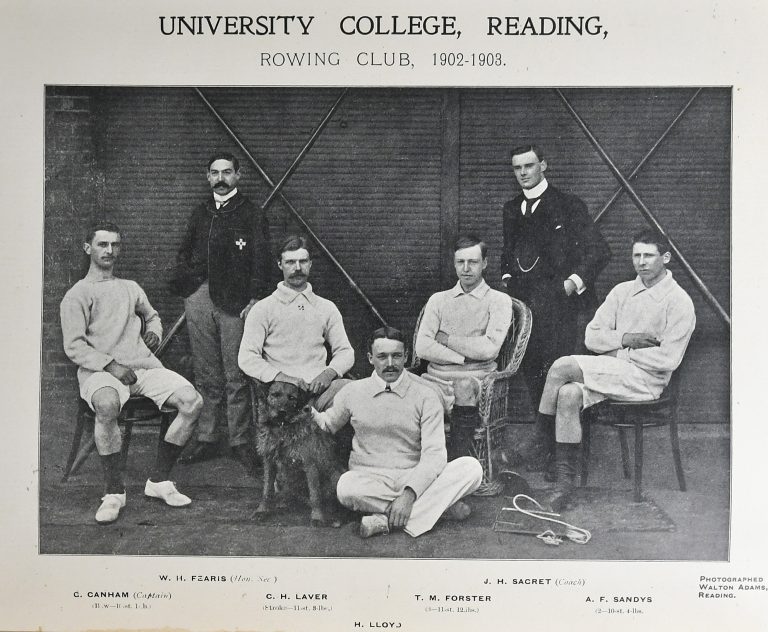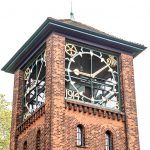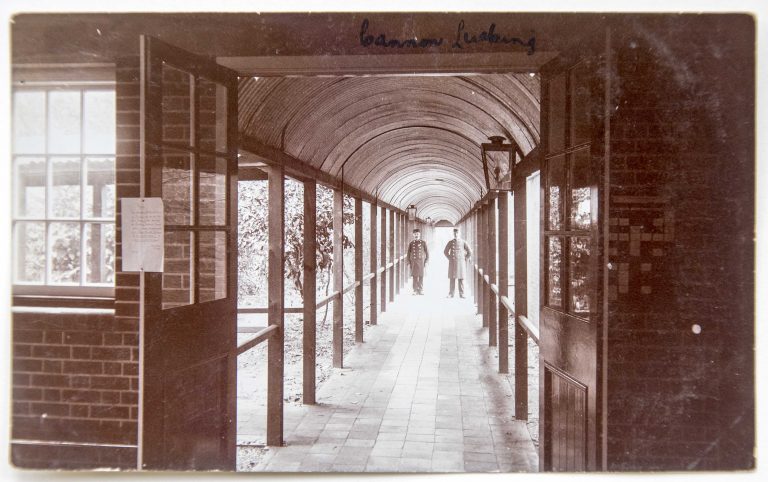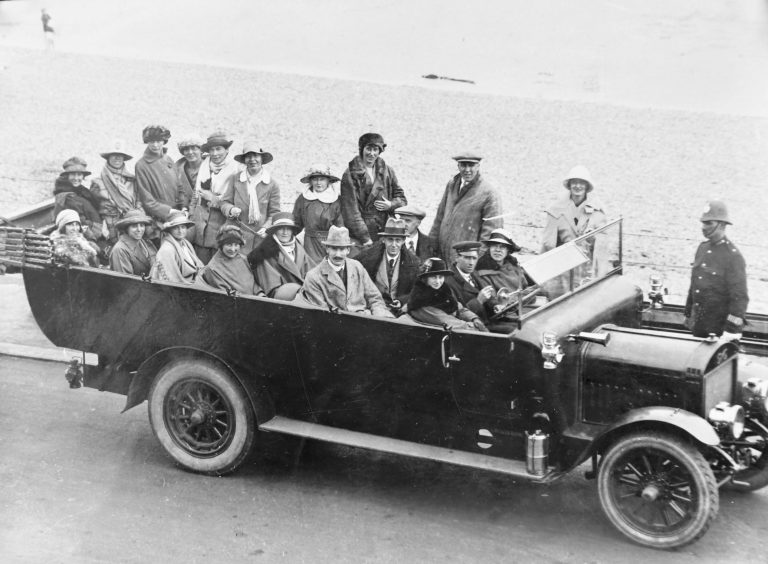When I bought my copy of Edith Morley’s reminiscences from Two Rivers Press, I never expected it to contain so much humour. Among the most amusing anecdotes are tales of Morley’s early sporting experiences playing hockey or ‘bicycling’.
This is yet another area in which Morley was a pioneer – the 1890s was still a time when women were discouraged from taking part in sport or vigorous exercise. As she said herself:
‘[We] were … perpetually instructed that women’s bodies were not adapted by nature to strenuous exertion. Nor had it altogether ceased to be considered a mark of refinement to be “delicate” and to possess feet and hands that were disproportionately small and correspondingly useless…’ (‘Before and After’, pp. 60-61).
Although Morley gives an account of her membership of the King’s College Hockey Club and the Bicycle Club, she never mentions boating in any form, whether rowing or sculling. So when I noticed in the College Calendar of 1905-6 that the Secretary of Women’s Sculling was a certain Miss Morley, I doubted whether it was THE Miss Morley. But the following year initials were included (see image) and there was no mistaking her. Further investigation revealed that she held the post from 1904 until 1907.
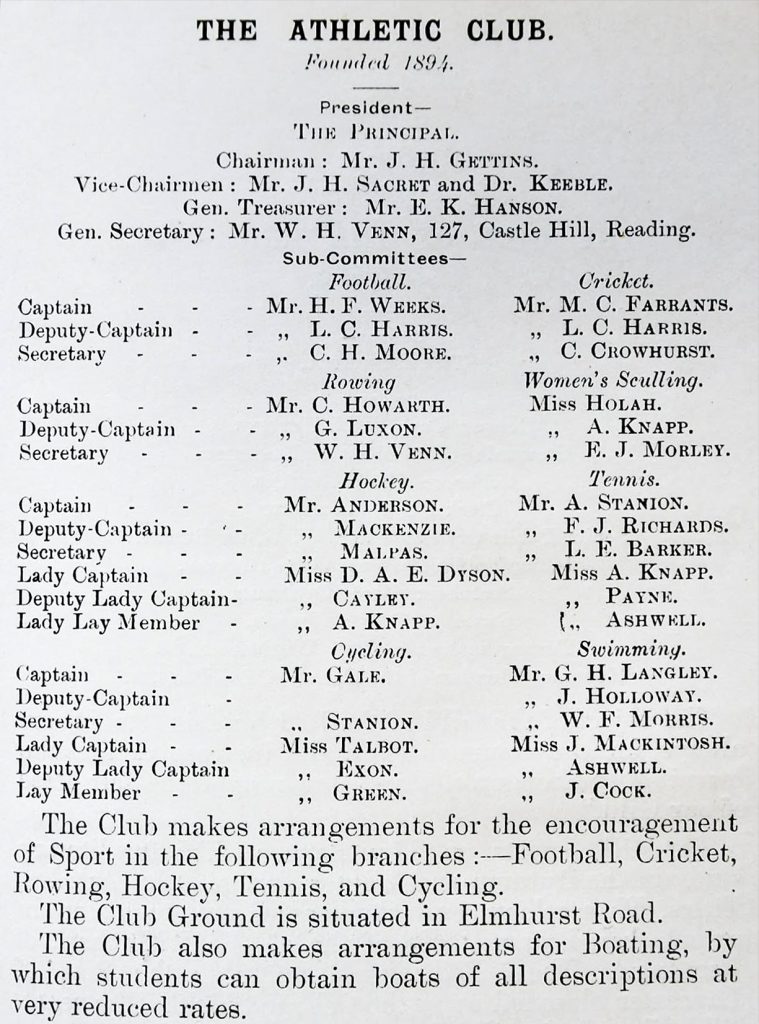
But why in the above extract is rowing for men and sculling for women? Surely the difference lies not in the matter of gender, but in whether a single rowing oar or two sculls are used to propel the craft.
Reports from the Athletic Club submitted regularly to the College Magazine show that, while the men’s rowing reports between 1904 and 1908 gave lengthy detail about names and weights of crews, training, technique and competitions, the corresponding Women’s Sculling Section had extremely brief entries containing none of the above. Rather, they were preoccupied with membership, swimming tests and even picnics by the river. There is even a mention of punting.
The early ups and downs of Women’s Sculling can be traced in the Magazine like this:
- 1904, Spring Term, Issue 1, p. 17: Edith Morley records the founding of the Women’s Sculling Section. She notes that, ‘Regular practices will begin as soon as swimming tests have been surmounted, and schemes for picnics and river parties are also under discussion.’
- 1904, Spring Term, Issue 3, p. 18: Morley complains that, ‘There has been so much slackness about submitting to the swimming test, that the captain is beginning to have doubts whether the proposed picnic will be able to take place this term.’
- 1904, AutumnTerm, Issue 2, p. 16: things are looking up! There are now 18 members and Morley states that, ‘some pleasant pulls have been had on Thursday afternoons.‘
- 1905, Winter Term, Issue 2, p. 22: between 10 and 12 women turn out every week. However, ‘It is rumoured that many people would like to join the club, but are unable to swim.‘ Swimming tests are planned for early next term (this entry is by B. M. Willmer, the Captain).
- 1905, Autumn Term, Issue 1, p. 23: a large number of students sign up for the club but unfortunately few can swim. Prospective members are urged to learn as soon as possible.
- 1906, Winter Term, Issue 2, p. 23: ‘The club has been unable to meet this term on account of the rule that members must pass a swimming test….’ The rule is amended so that a letter from ‘someone in authority‘ can attest to swimming prowess.
- 1906, Spring Term, Issue 3, p. 24: a successful swimming test has taken place and there are now ‘twelve quite enthusiastic members‘.
- 1907, Spring Term, Issue 3, p. 21: a daring development! ‘Some members are to vary sculling by occasional punting. This will prove a lively diversion as no one is efficient at present.’
- 1907, Autumn Term, Issue 1, p. 32: the Sculling Section welcomes a Miss Ashcroft as a member. As no other new members were mentioned by name, I believe this was Lucy Ashcroft, Lecturer in Mathematics, who became the Censor of Women Students in 1911.
- 1908, Spring Term, Issue 3, p. 30: progress! There are now 30 members. Flooding of the Thames is the only problem.
From the above, which includes all the references to the Women’s Sculling up to Spring 1908, it is clear that racing played no part at all in the early days of women’s boating at Reading. This was confirmed nearly a decade later by a letter from Professor Childs to fellow college principals and vice-chancellors in which he wrote that, ‘such competitions as have taken place among women have been confined to tests of style and general efficiency‘.
Surprisingly, there is no mention of the ability to swim or of swimming tests in the notes from the Men’s Rowing Section!
In the next post I will show how Edith Morley’s expertise in this area was put to good use a decade later when the Principal set up a Committee of Inquiry into whether boat racing was a suitable activity for women students.

SOURCES
Childs, W. M. Letter to college principals and vice-chancellors, 9th October 1917. University of Reading Special Collections, Uncatalogued papers, Reference UHC AA-SA 8.
Morley, E. J. (2016). Before and after: reminiscences of a working life (original text of 1944 edited by Barbara Morris). Reading: Two Rivers Press.
The Magazine of University College Reading, issues from Spring Term 1904 to Spring Term 1908.
University College Reading, Annual Report and Accounts, 1911-12.
University College Reading. Calendar, 1905-6, 1906-7 & 1910-11.

